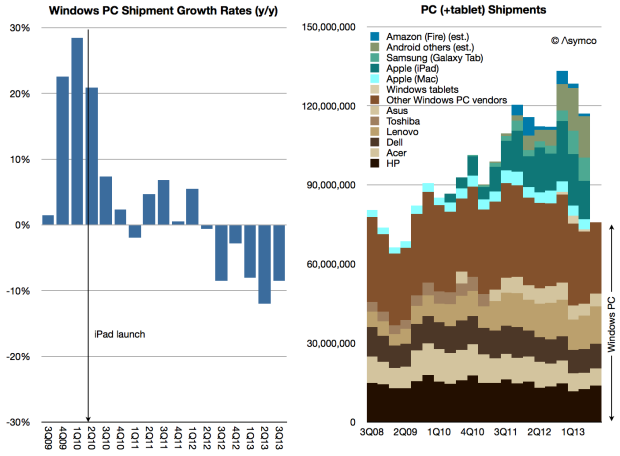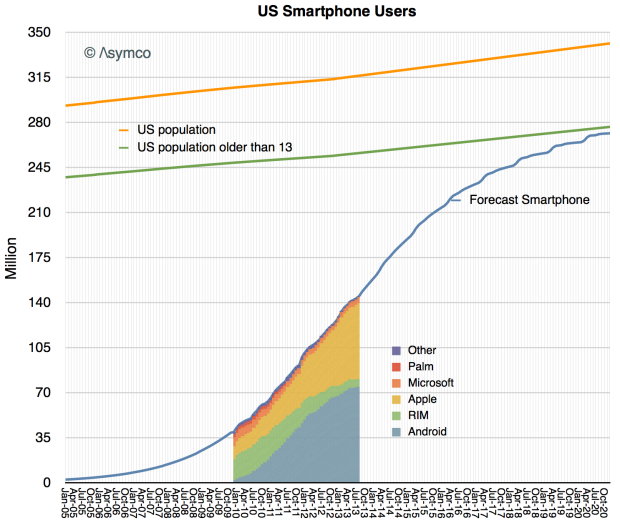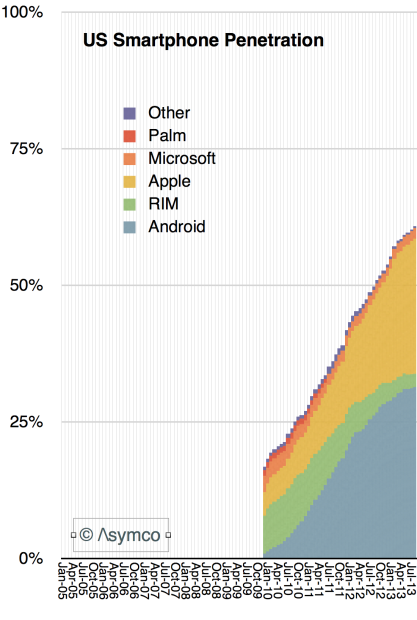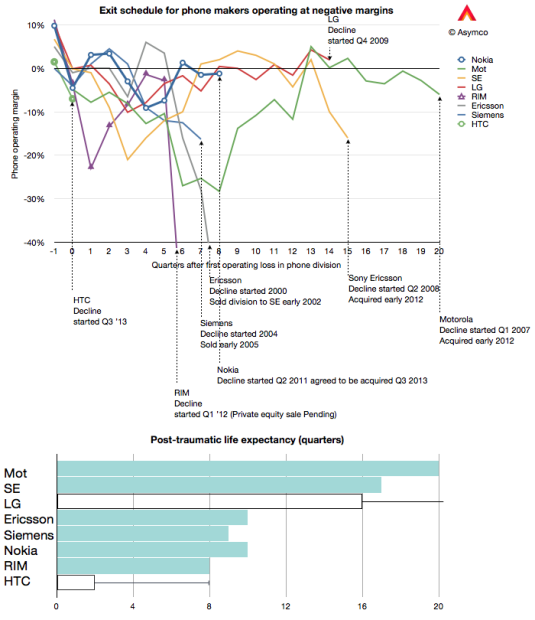Airshow New York was our best Airshow ever. We sold out to an audience who engaged and challenged us to our best performance. We are learning more each time and after three shows we have honed the show to a fine performance.
Due to the demand met in New York we decided to return there in December 5th but to also present in my home town of Boston on December 3rd. We are also presenting in my second home town of Helsinki in November.
You can sign up for any of these events at Airshow.asymco.com.
The purpose of Airshow is:
- To explain how to present rich data in a compelling and emotionally engaging way.
- To explain the principles of visual persuasion.
- To offer hands-on training with the tools of persuasion: iPad and Perspective.
The method we devised borrows heavily from the techniques of Cinematography and screenwriting to impart meaning to the audience beyond the literal words spoken or images shown on screen.
This includes:
- Framing
- Light and Color
- Depth
- Motion
- The Reveal
- Texture
- Establishment
- Characterization
- Point of View
These techniques are demonstrated with “feature presentations” and then deconstructed in interactive lectures. Throughout we also weave Aristotelian rhetorical tips and present from the Asymco repertoire of stories.
The day ends with a hands-on exercise. iPads are required.
At the end of the seminar you should be able to:
- Understand how data can be used to persuade through an appeal to logic as well as through empathy.
- Understand the basics of “data cinematicism” including the techniques analogous to cinematography and direction.
- Understand story development techniques including how to facilitate the audience’s entry into the story.
- Build a cinematic presentation.
We are looking forward to seeing you at the next Airshow.




